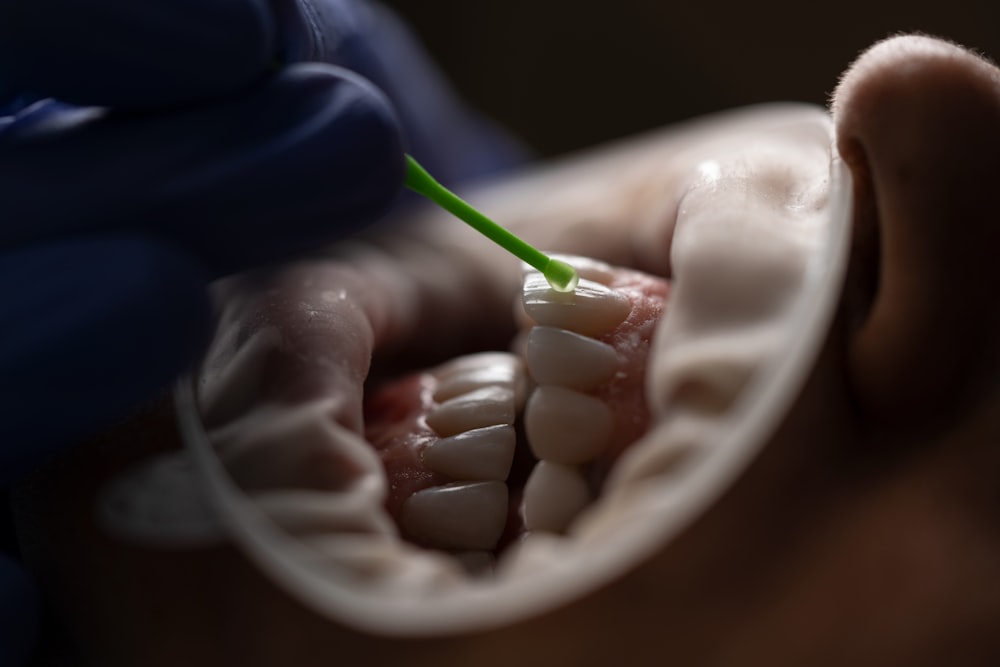
Introduction:
In the realm of dentistry, precision techniques have been steadily advancing, revolutionizing the way oral health care is delivered. These advancements have brought about significant improvements in diagnostic accuracy, treatment efficacy, and patient outcomes. Let’s explore some of the key advancements in precision dentistry techniques that are shaping the future of dental care.
Digital Imaging and Diagnosis:
One of the most notable advancements in precision dentistry is the adoption of digital imaging technologies for diagnosis and treatment planning. Digital radiography, cone beam computed tomography (CBCT), and intraoral scanners allow for high-resolution imaging of the oral cavity, providing dentists with detailed anatomical information and enabling more accurate diagnosis of dental conditions such as cavities, fractures, and periodontal disease. Digital imaging also facilitates virtual treatment planning, allowing dentists to visualize and simulate treatment outcomes before initiating procedures.
CAD/CAM Technology for Prosthodontics:
Computer-aided design and computer-aided manufacturing (CAD/CAM) technology has revolutionized prosthodontics by enabling the fabrication of precise and customized dental restorations such as crowns, bridges, and veneers. CAD/CAM systems use digital scans of the patient’s teeth to design restorations with meticulous precision, which are then milled from high-quality materials such as ceramic or composite resin. This technology allows for faster turnaround times, improved fit and aesthetics, and reduced chairside adjustments, leading to better patient satisfaction and outcomes.
Laser Dentistry for Minimally Invasive Procedures:
Laser dentistry has emerged as a valuable tool in precision dentistry, offering numerous benefits for minimally invasive procedures. Lasers can be used for a wide range of dental treatments, including cavity preparation, gum contouring, soft tissue surgeries, and teeth whitening. The precise control and versatility of laser technology allow dentists to target specific areas of the oral cavity with minimal damage to surrounding tissues, resulting in faster healing times, reduced postoperative discomfort, and improved treatment outcomes.
3D Printing for Customized Treatment Solutions:
Three-dimensional (3D) printing technology has revolutionized the field of dentistry by enabling the fabrication of custom-made dental appliances, surgical guides, and orthodontic aligners. 3D printers use digital models generated from patient scans to produce precise and patient-specific dental devices with exceptional accuracy and detail. This technology allows for more efficient and cost-effective production of dental appliances, as well as the customization of treatment solutions to meet the unique needs of each patient.
Augmented Reality for Patient Education:
Augmented reality (AR) has emerged as a powerful tool for patient education in dentistry, allowing patients to visualize dental procedures and treatment outcomes in real-time. AR applications enable dentists to overlay digital images and information onto the patient’s view of the oral cavity, helping them understand their dental conditions, treatment options, and expected outcomes more effectively. By enhancing patient engagement and comprehension, AR technology promotes informed decision-making and improves treatment acceptance rates.
Integration of Artificial Intelligence for Treatment Planning:
Artificial intelligence (AI) is increasingly being integrated into precision dentistry workflows to assist dentists in treatment planning and decision-making. AI algorithms analyze large datasets of patient information, including medical history, diagnostic images, and treatment outcomes, to provide personalized treatment recommendations and predict the success of various treatment modalities. By leveraging AI-driven insights, dentists can optimize treatment plans, improve clinical outcomes, and enhance patient satisfaction.
Conclusion:
Precision dentistry techniques have transformed the field of dentistry, enabling dentists to deliver more accurate, efficient, and patient-centered care. From digital imaging and CAD/CAM technology to laser dentistry and 3D printing, these advancements have revolutionized diagnosis, treatment planning, and treatment delivery. By embracing precision dentistry techniques, dentists can optimize treatment outcomes, improve patient satisfaction, and enhance the overall quality of dental care. Read more about Precision dentistry techniques






